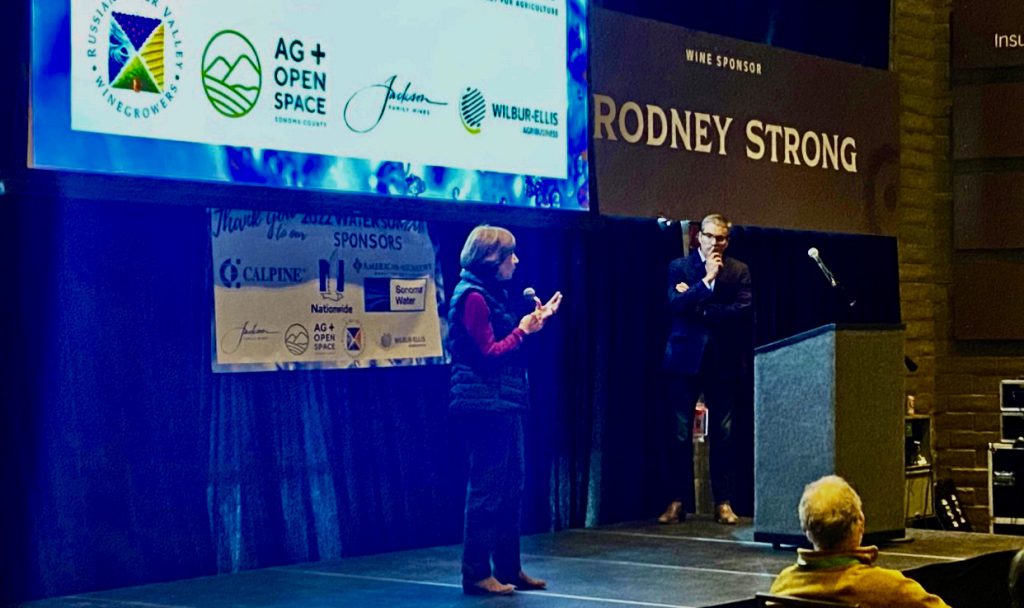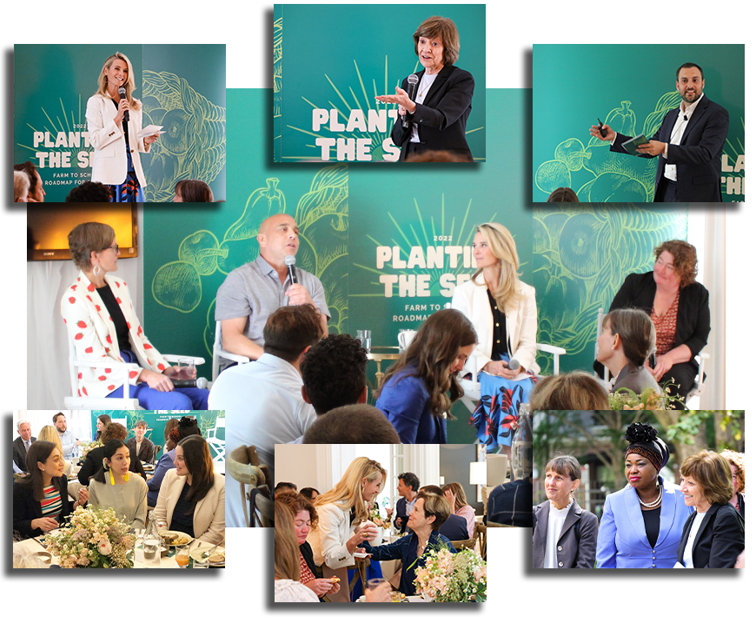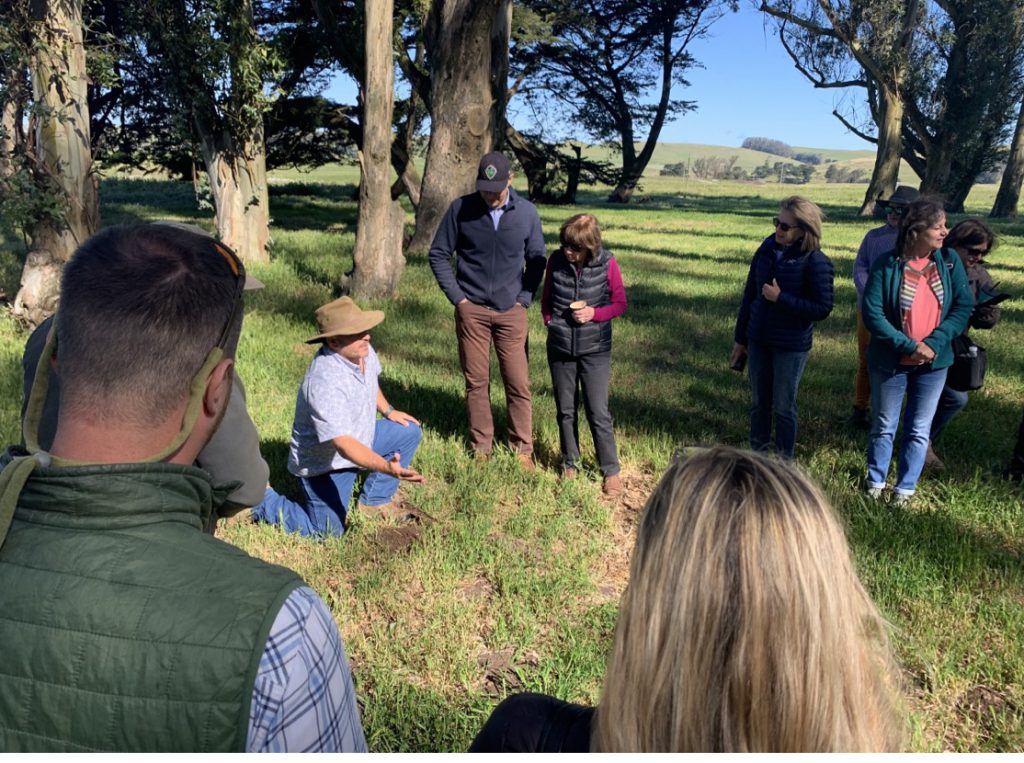From a Cal/OSHA news release
Cal/OSHA reminds all employers with outdoor workers to be prepared and take the necessary precautions to prevent heat illness, as high temperatures are expected throughout the state this week. Employers in California must take steps to protect outdoor workers from heat illness by providing water, rest, shade and training.
“As we shift towards summer, employers need to ensure they have updated their written heat plans and provided effective training to all of their employees who work outdoors,” said Cal/OSHA Chief Jeff Killip. “For those who want help, Cal/OSHA is ready and available to provide consultation and outreach.”
Cal/OSHA’s heat illness prevention standard applies to all outdoor worksites. To prevent heat illness, the law requires employers to provide outdoor workers fresh water, access to shade at 80 degrees and whenever requested by a worker, cool-down rest breaks in addition to regular breaks and maintain a written prevention plan with training on the signs of heat illness and what to do in case of an emergency.
- Plan – Develop and implement an effective written heat illness prevention plan that includes emergency response procedures.
- Training – Train all employees and supervisors on heat illness prevention.
- Water – Provide drinking water that is fresh, pure, suitably cool and free of charge so that each worker can drink at least 1 quart per hour, and encourage workers to do so.
- Rest – Encourage workers to take a cool-down rest in the shade for at least five minutes when they feel the need to do so to protect themselves from overheating. Workers should not wait until they feel sick to cool down.
- Shade – Provide proper shade when temperatures exceed 80 degrees. Workers have the right to request and be provided shade to cool off at any time.
Cal/OSHA’s Heat Illness Prevention special eDOmphasis program includes enforcement of the heat regulation as well as multilingual outreach and training programs for California’s employers and workers. Details on heat illness prevention requirements and training materials are available online on Cal/OSHA’s Heat Illness Prevention web page and the 99calor.org informational website. A Heat Illness Prevention online tool is also available on Cal/OSHA’s website.
Cal/OSHA helps protect workers from health and safety hazards on the job in almost every workplace in California. Employers who have questions or want assistance with workplace health and safety programs can call Cal/OSHA’s Consultation Services Branch at 800-963-9424.
Workers who have questions about heat illness prevention can call 833-579-0927 to speak with a Cal/OSHA representative during normal business hours. Complaints about workplace safety and health hazards can be filed confidentially with Cal/OSHA district offices.






